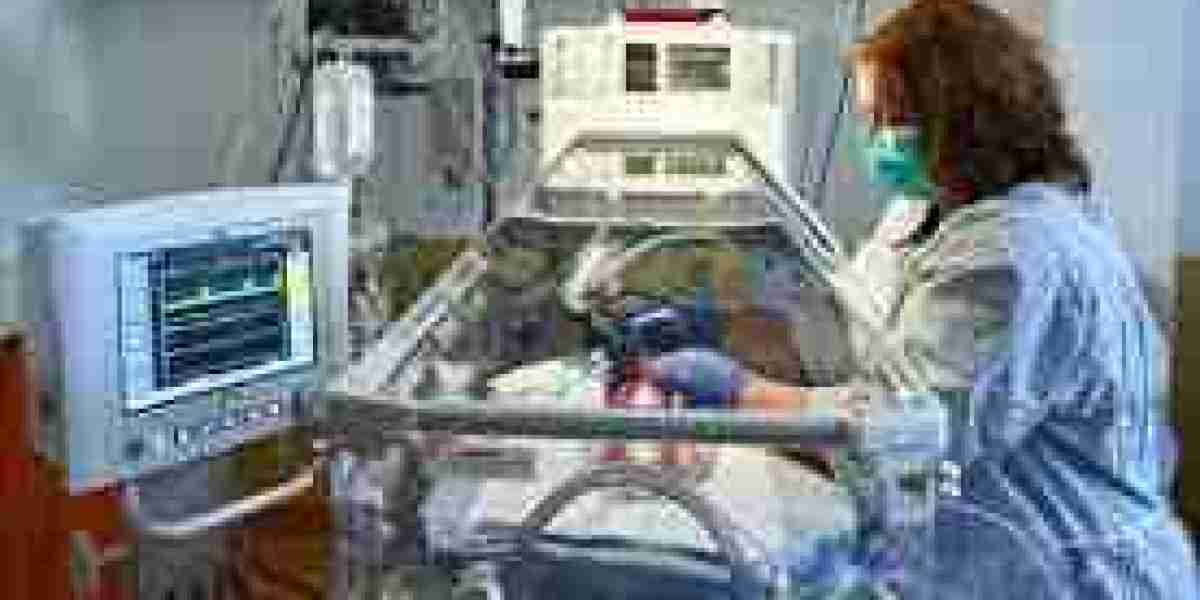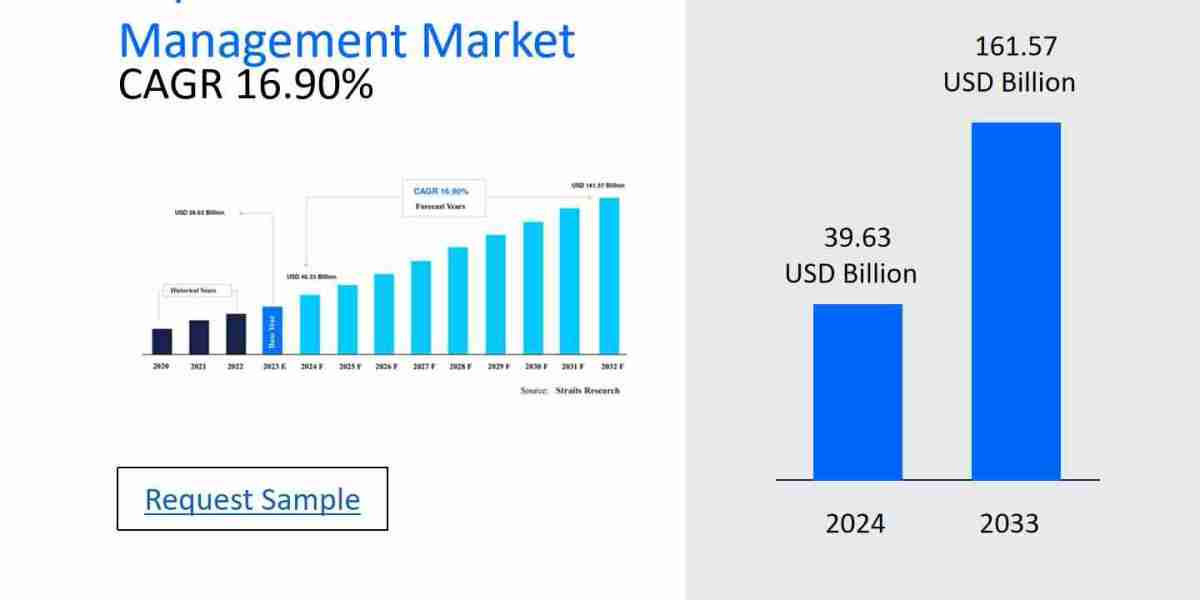The global Apheresis Market is experiencing robust growth fueled by rising prevalence of chronic diseases, increasing demand for plasma‐derived therapeutics, technological innovation in devices, and greater procedure adoption across regions.
1. Product Segmentation: Devices and Disposables
The market comprises two primary product categories: devices and disposables & reagents. Disposables—including blood bags, tubing kits, and filter sets—dominated product revenues in 2022, capturing approximately 65–80 percent of the total market, depending on the report . Growth in this segment is driven by the high volume of consumables used per apheresis session, particularly for plasmapheresis and plateletpheresis procedures. Devices, while smaller in share, benefit from rising investment in automated systems and AI‑enhanced equipment that improve safety and throughput .
2. Procedure Types: Donor vs. Therapeutic Apheresis
Two major procedural buckets shape usage: automated donor apheresis (e.g. plasma‑donation, platelet‑donation) and therapeutic apheresis (e.g. treating autoimmune, neurological or hematological disorders). Donor automated collection held over 75 percent of usage volume in 2022 . However, therapeutic apheresis is forecast to grow faster, with projected CAGR in the 10 percent range, driven by rising cases of autoimmune neurologic disorders and wider adoption in hospital settings .
3. Procedure Modalities and Technologies
Technologies used in apheresis procedures are chiefly centrifugation, membrane filtration, and selective adsorption. Centrifugation continues to hold a clear share lead—close to 67 percent—thanks to faster throughput, precision, and integration with automated systems . Selective adsorption and membrane techniques are gaining traction in specialized therapeutic applications, especially LDL apheresis and immunotherapy support.
Centrifuge devices are also evolving: continuous‑flow centrifugation has improved donor comfort and minimized extracorporeal volume, which is especially beneficial for elderly and pediatric donors .
4. Applications
Apheresis applications span neurological, renal, hematological, immunological, and cardiovascular disorders. Neurological applications (e.g. multiple sclerosis, autoimmune neuropathies) accounted for the highest share in 2022 due to therapeutic apheresis demand . Rising prevalence of hematologic disorders and growing plasma product usage (tumor therapy, renal support, immune deficiencies) are also key drivers across regions.
5. End Users
Blood banks and blood collection centers dominate the end‑user side, accounting for approximately 69–77 percent of the market share in 2022 . Hospitals—as sites for therapeutic apheresis and inpatient procedures—represent the faster‑growing category, especially in advanced markets with high treatment volumes.
6. Regional Dynamics
North America: Leading the global market in value (around 31–32 percent share in 2022), North America benefits from well‑developed healthcare infrastructure, strong reimbursement policies, and a high prevalence of chronic diseases like cancer, kidney failure, and neurological disorders. The U.S. alone generated about USD 862 million in apheresis equipment revenues in 2022 .
Europe: Holding the second largest share, Europe sees steady growth driven by reimbursement support, regulatory frameworks, and technology adoption in countries such as Germany, France, and the U.K. Germany remains a leading market within the region, while the U.K. shows rapid CAGR growth .
Asia‑Pacific: Positioned as the fastest‑growing region, projected CAGRs of 10–11 percent+ between 2024/25 and early 2030s . China leads in share, and India is the fastest-growing country owing to expanding donor pools, infrastructure improvements, and increased awareness. Japan also contributes strongly via technological innovation and specialized procedures such as LDL apheresis .
Latin America & Middle East/Africa: Smaller bases currently but demonstrating moderate growth, driven by improving healthcare access and donor programs in regions such as Brazil, Mexico, Gulf countries, and South Africa .
7. Market Drivers and Restraints
Key growth drivers include increasing incidence of chronic diseases (autoimmune, neurological, renal), higher demand for plasma‑derived medications, expanding geriatric populations, and supportive reimbursement policies in mature markets . Meanwhile, restraints center on high costs associated with capital equipment and disposables, limited adoption in low‑income regions, and stringent regulatory hurdles—especially in North America and Europe .
8. Emerging Trends
AI‑integrated systems and remote/digital monitoring: New devices incorporate AI for real‑time monitoring, patient data analysis, and enhanced safety, spurring adoption in advanced centers .
Compact, portable units for mobile donor collection or outpatient therapy: Companies such as Terumo, Haemonetics, and Asahi Kasei have introduced mobile, desktop, or trolley‑type systems that reduce setup time, increase comfort, and broaden usage potential .
Home‑based therapeutic apheresis: A growing interest in at‑home procedures for frequent treatments, supported by streamlined cross‑device integration and telehealth platforms .
Sustainable and eco‑friendly disposables: To address infection control and environmental concerns, firms are exploring non‑DEHP plastics and recyclable kits—especially in Europe and Japan .
In summary, the global apheresis market reflects a dynamic interplay between disposables-heavy revenues, growing therapeutic procedure demand, tech‑led device innovation, and regional expansion—particularly in Asia-Pacific. Competition is intense among a core group of established players pursuing innovation, geographic expansion, and strategic partnerships to navigate cost, regulatory and infrastructural challenges.




